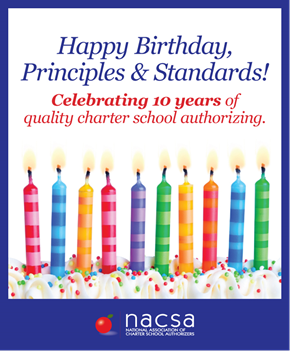 For our grandparents or great-grandparents, a visit to the doctor was a different experience than it is for us. Certainly, the level of medical technology available today dwarfs that of long ago, but I believe there was another more fundamental difference: a century or so ago, neither doctors nor their patients were confident that the doctor’s treatment would actually work. The practice of medicine was highly differentiated, with amateurs, quacks and professionals plying their trade to the general public. How was a patient to know which doctor could successfully treat them and which could not?
For our grandparents or great-grandparents, a visit to the doctor was a different experience than it is for us. Certainly, the level of medical technology available today dwarfs that of long ago, but I believe there was another more fundamental difference: a century or so ago, neither doctors nor their patients were confident that the doctor’s treatment would actually work. The practice of medicine was highly differentiated, with amateurs, quacks and professionals plying their trade to the general public. How was a patient to know which doctor could successfully treat them and which could not?
The establishment and maturation of the American Medical Association began to separate the good from the bad. By setting professional standards and enforcing them through professional collaboration and statutory mandate, the practice of medicine has made amazing advances. Today, we expect that doctors will be able to accurately diagnose most of our ills. Because of the establishment and enforcement of professional standards, amateurs and quacks are no longer allowed to practice medicine; successful outcomes are the expected norm.
In 2004, the oldest charter schools in the country had existed for more than a decade. School districts, state education departments, universities and others were authorizing hundreds of more charter schools each year. Who was doing this work well and who was doing it poorly? How was one to know which authorizing practices were good or bad?
Ten years ago today, NACSA published the first set of Principles and Standards for Quality Charter School Authorizing. They were developed after lengthy dialogue and work by authorizers, school operators and advocates across the country. We were guided by a central question: which authorizer practices are most likely to lead to good schools for kids while also meeting the public’s expectations?
Practices that had been disparate across the country, like interviewing applicants, establishing performance contracts, and requiring annual audits, became standards for all. At first, the standards were mostly informational and voluntary. Over time, many states began to acknowledge the standards in law and require authorizers to follow them. During the past decade, with input from authorizers, operators and advocates, NACSA has revisited and revised the standards three times. We will continue to do so as we all get smarter and better at this work.
Today, we pause briefly from that work to acknowledge this important 10-year anniversary, to complement the authorizing profession on the progress we have made, and to rededicate ourselves to continued improvement in pursuit of the day when all children will have the opportunity to attend a great school.
Happy Birthday Principles and Standards and may there be many more.


